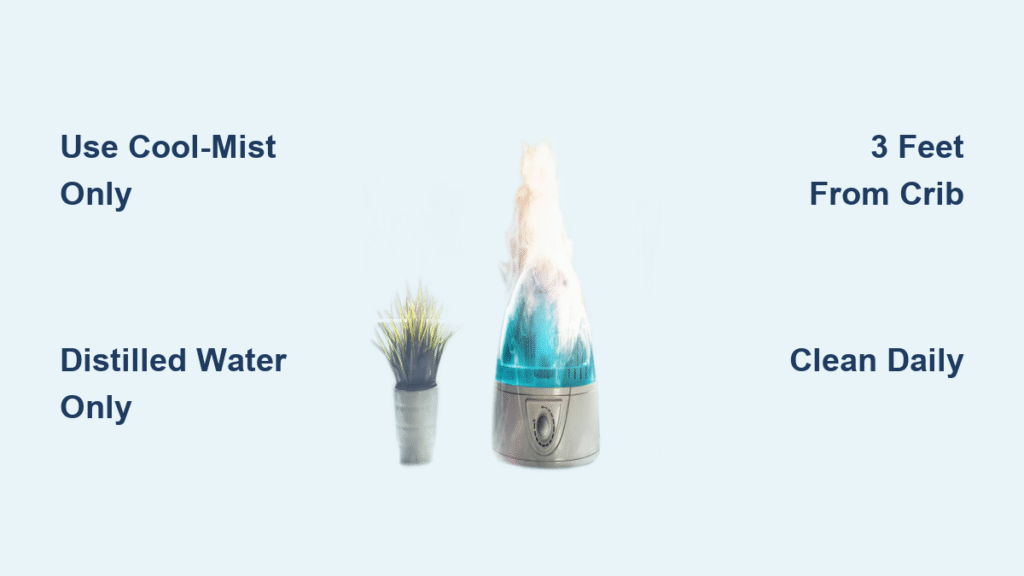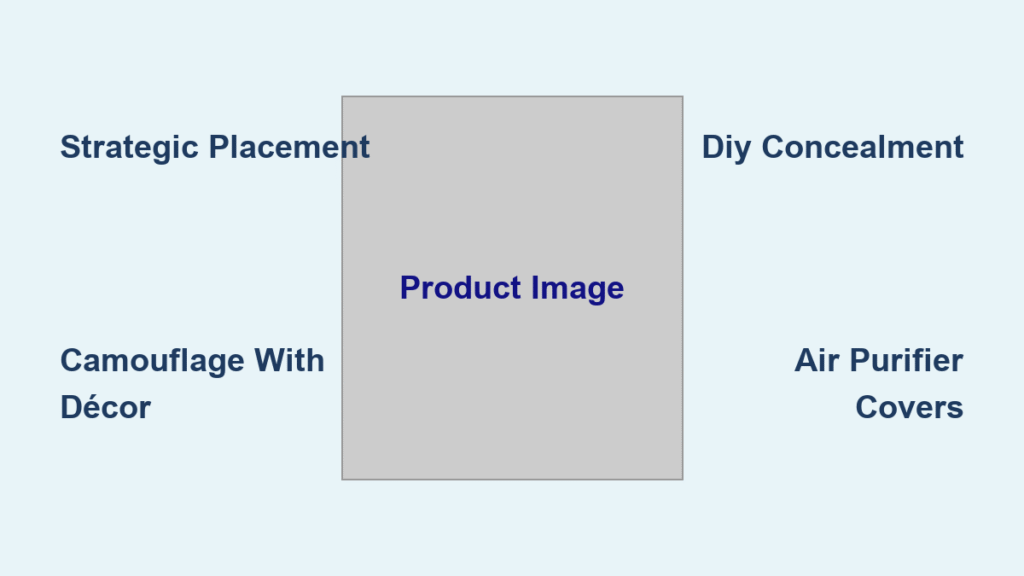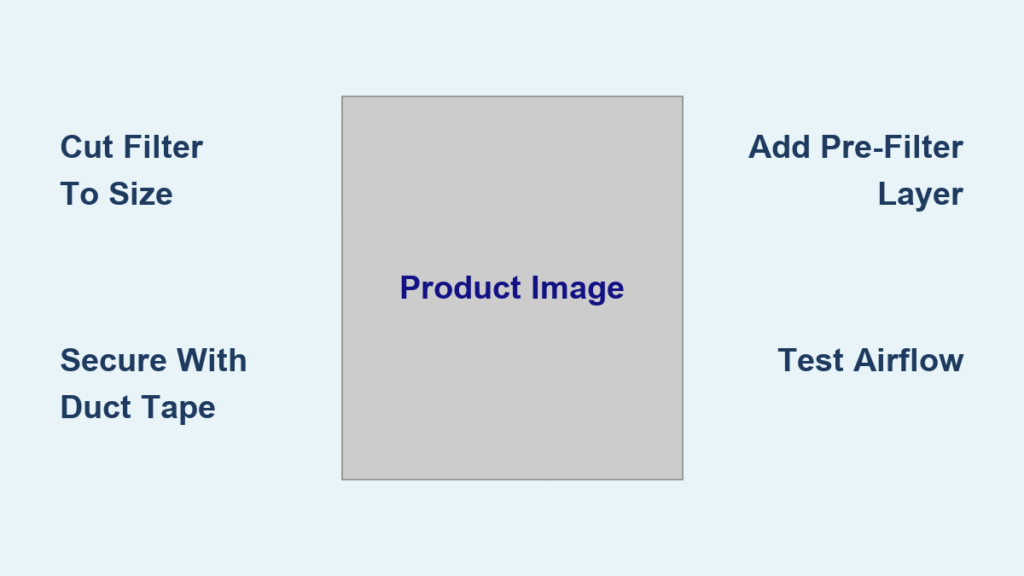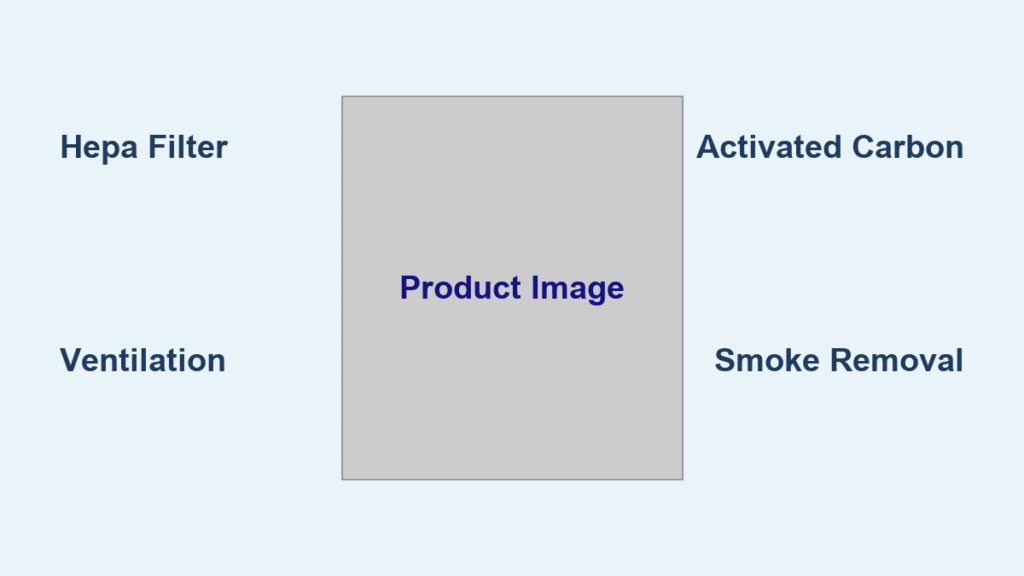That frantic 3 AM sound of your baby struggling to breathe through a stuffy nose is every parent’s nightmare. You’ve tried saline drops, the bulb syringe, and even that weird infant nasal aspirator – but nothing seems to ease their congestion or bring rest to your exhausted household. Before you lose another night to sniffling and restless sleep, know this: a properly used cool-mist humidifier can be your secret weapon against baby congestion. But here’s the critical catch – if you use the wrong type, skip cleaning steps, or place it incorrectly, you could actually worsen symptoms or create new hazards. This guide cuts through the confusion with pediatrician-backed steps to safely deploy humidifiers that actually work for infant congestion relief.
Skip Warm-Mist Models Entirely
Never plug in warm-mist humidifiers or steam vaporizers near your baby. These units heat water to boiling temperatures, creating scalding steam and holding reservoirs of dangerously hot liquid. The American Academy of Pediatrics explicitly warns that even minor spills during routine care can cause severe burns to infants crawling nearby. Warm-mist units also increase humidity too rapidly, risking dangerous overheating in your baby’s sleep environment. If you already own one, store it away until your child is school-aged – the convenience isn’t worth the burn risk.
Select Proper Cool-Mist Type
:max_bytes(150000):strip_icc()/humidifiers-ultrasonic-vs-evaporative-humidifiers-1908160-final-5c93ceaa4cedfd0001f1695a.png)
Three cool-mist technologies deliver safe relief without heat hazards:
– Ultrasonic: Uses silent vibrations to create fine mist (ideal for light sleepers)
– Evaporative: Blows air through a wick filter (self-regulating to prevent over-humidification)
– Impeller: Spins a disc to produce mist (most budget-friendly option)
Prioritize these non-negotiable features:
– Noise level under 30 dB – quieter than a whisper for uninterrupted sleep
– Auto shut-off when water runs low – prevents dry-running damage
– Wide-mouth tank – allows easy brush access for thorough cleaning
– Adjustable mist output – crucial for maintaining safe humidity levels
Position Humidifier for Maximum Safety

Place your unit at least 3 feet from the crib on a stable surface 2+ feet above the floor. Direct the mist output away from your baby’s sleeping area toward the room’s center. This prevents direct moisture contact with bedding while still dispersing relief throughout the space. Never position units on windowsills (causing condensation damage), near curtains (creating fire hazards), or on carpet (trapping moisture and mold).
Critical placement mistake: Many parents place humidifiers too close to cribs for “better effect,” but this floods nasal passages with excessive moisture – worsening congestion and potentially triggering coughing fits. Maintain that 3-foot buffer zone.
Refill Daily With Distilled Water Only
Tap water contains minerals that transform into harmful white dust when aerosolized. This fine particulate settles in your baby’s developing lungs, irritating airways and potentially worsening congestion. Every morning, empty yesterday’s water completely and refill only with distilled or filtered water. This simple step prevents:
– White mineral deposits on furniture and toys
– Bacterial growth from trace contaminants
– Respiratory irritation from airborne particles
Warning: Never add essential oils, vapor rubs, or medicated solutions. These become airborne toxins that can cause respiratory distress in infants under 2 years.
Execute Daily Cleaning in 3 Minutes
Standing water breeds bacteria within hours – making yesterday’s clean unit a health hazard today. Every single morning:
1. Empty all water reservoirs completely
2. Rinse tank and base with warm water (no soap)
3. Wipe interior with soft microfiber cloth
4. Air-dry all components before refilling
Spot cleaning cue: If you see rainbow-colored sheen inside the tank, that’s bacterial biofilm – immediately deep-clean with vinegar solution. Ignoring this causes musty odors and makes baby’s congestion worse.
Conduct Weekly Deep Cleaning
Mineral buildup and hidden mold require aggressive disinfection once weekly:
1. Disassemble all water-contact parts (tank, cap, filters)
2. Soak in 10% bleach solution (1:9 ratio) for 20 minutes
3. Scrub crevices with soft toothbrush (never metal!)
4. Rinse until zero bleach odor remains
5. Air-dry completely before reassembly
Replace disposable filters monthly – clogged filters reduce mist output by 70% and become mold factories. If your unit develops persistent musty smells after deep cleaning, replace it immediately.
Pair With Safe Congestion Combos
For immediate relief within 15 minutes:
– Apply 2 drops plain saline per nostril
– Wait 30 seconds for mucus loosening
– Gently suction with nasal aspirator before feeds or sleep
When congestion strikes at night: Run a hot shower for 5 minutes to steam up the bathroom. Sit with baby (outside shower) for 5 minutes of moist air inhalation – but never leave unattended near water. Always follow with humidifier use in the nursery.
Critical sleep safety: Never elevate your baby’s mattress or use positioners – this increases SIDS risk 5x. Instead, maintain room temperature at 68-72°F with breathable cotton layers.
Monitor Humidity Like a Pro

Over-humidification backfires by creating mold-friendly conditions. Use an $8 hygrometer to maintain:
– Winter: 30-40% humidity (compensates for dry heating air)
– Summer: Up to 50% (higher natural moisture)
– Danger zone: Above 60% (triggers mold growth)
Reduce output immediately if you see:
– Condensation on windows overnight
– Damp spots on crib sheets
– Musty “locker room” smell in nursery
Troubleshoot Zero-Relief Emergencies
When humidifier runs but congestion persists:
– Verify water is distilled (tap water creates ineffective mist)
– Confirm unit is sized for room (check square footage rating)
– Ensure daily cleaning (dirty units spread bacteria)
– Measure actual humidity (many built-in sensors fail)
Call pediatrician immediately for:
– Blue-tinged lips or fingernails
– Ribcage retracting with each breath
– Inability to take 50% of normal feeds
– Congestion lasting over 10 days
Follow the 5-Minute Daily Checklist
| Task | Time | Critical Safety Note |
|---|---|---|
| Empty & refill with distilled water | 2 min | Never reuse yesterday’s water |
| Quick tank rinse & dry | 2 min | Prevents bacterial growth |
| Check hygrometer reading | 30 sec | Target 40-50% humidity |
| Inspect for mineral buildup | 30 sec | Clean with vinegar if spotted |
| Verify 3-foot crib distance | 10 sec | Move immediately if too close |
Prevent Long-Term Hazards
Stop mold before it starts by never storing your humidifier with water inside. After seasonal use, deep-clean, air-dry completely, and store in sealed container with silica gel packets. In hard water areas, run monthly descaling cycles with undiluted white vinegar to dissolve mineral deposits. Replace units showing persistent cloudiness in mist – this indicates internal contamination no cleaning can fix.
Bottom line: Using a humidifier for baby congestion works only when you treat it like medical equipment – not just another nursery gadget. Strict daily cleaning with distilled water, precise 3-foot placement, and humidity monitoring transform this simple device from congestion helper to potential hazard. While clinical studies show mixed results, thousands of parents report dramatic breathing improvements when following these exact protocols. Remember: if humidity levels dip below 30% during winter or your baby shows congestion symptoms, this tool becomes essential. But never substitute professional care – when in doubt, call your pediatrician before 9 PM. Your baby’s clear breathing (and your regained sleep) makes these small daily steps profoundly worthwhile.

